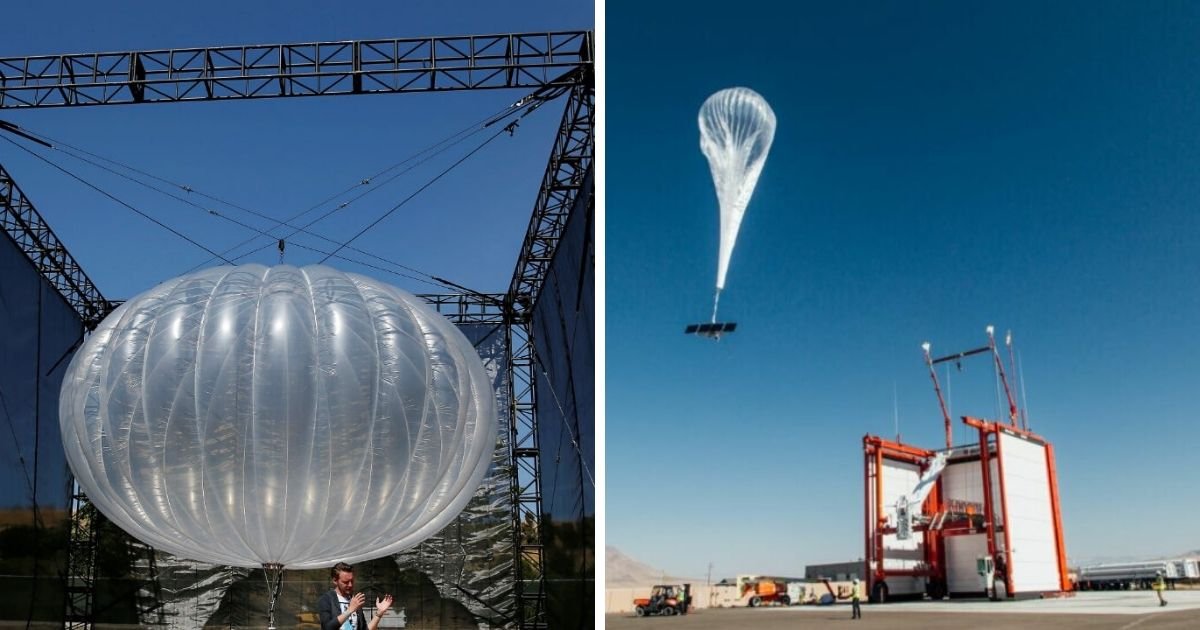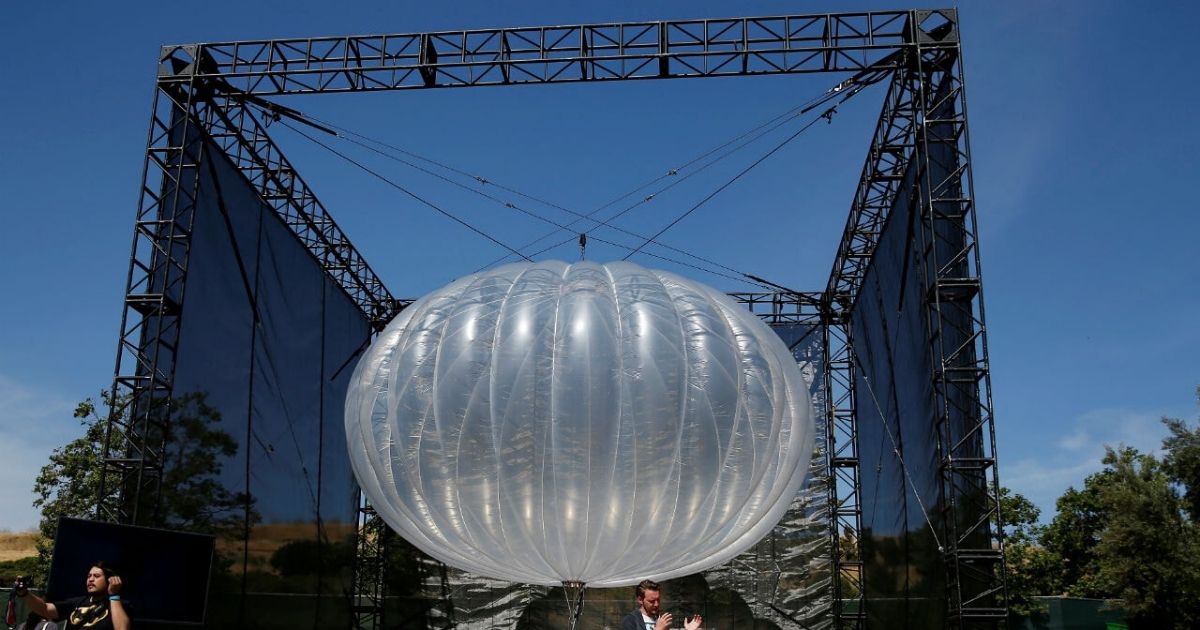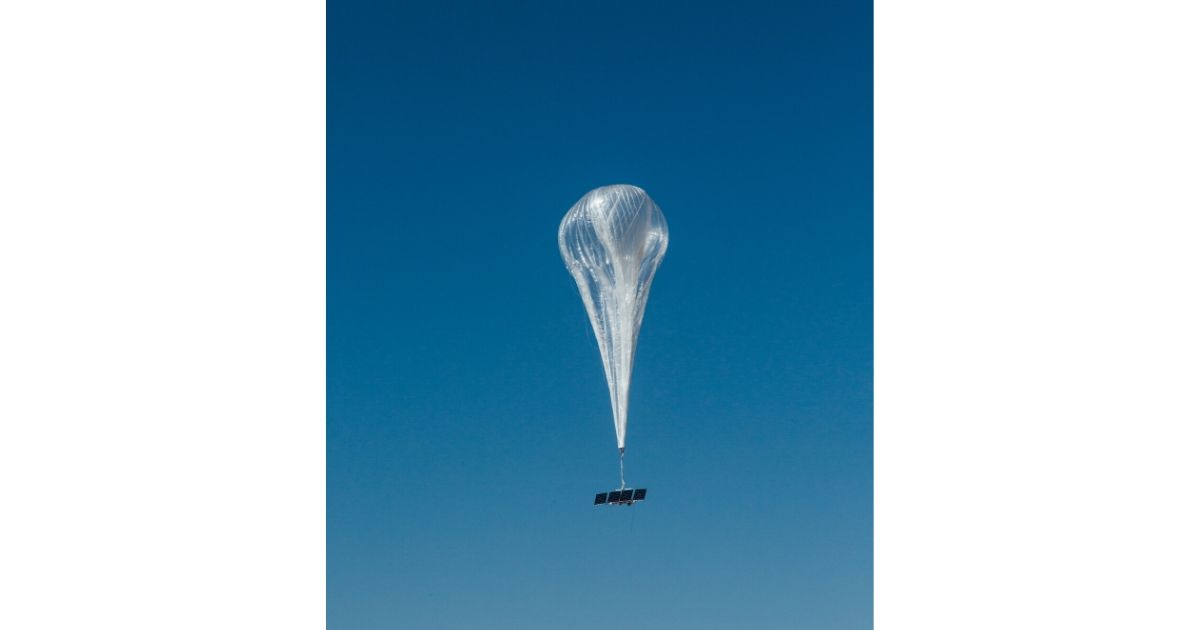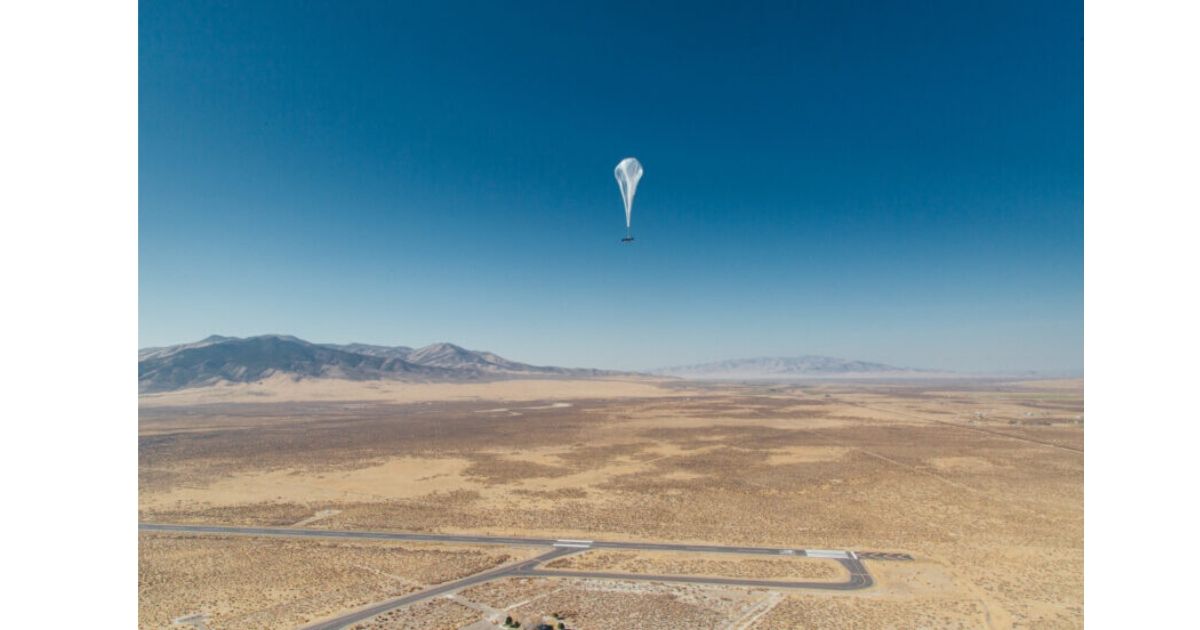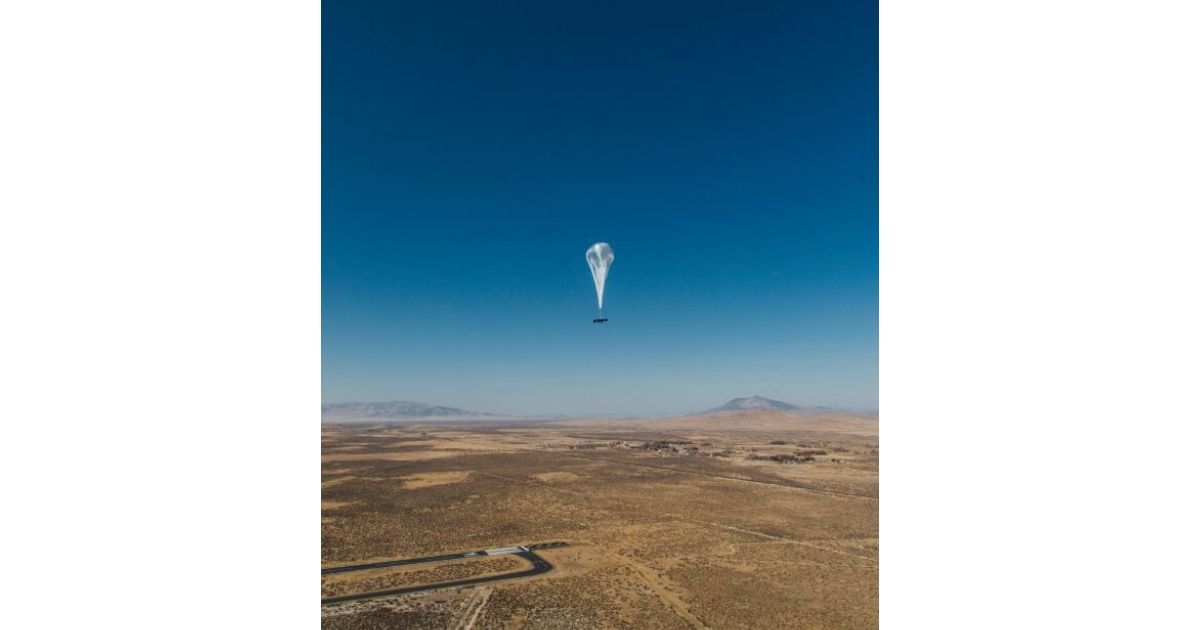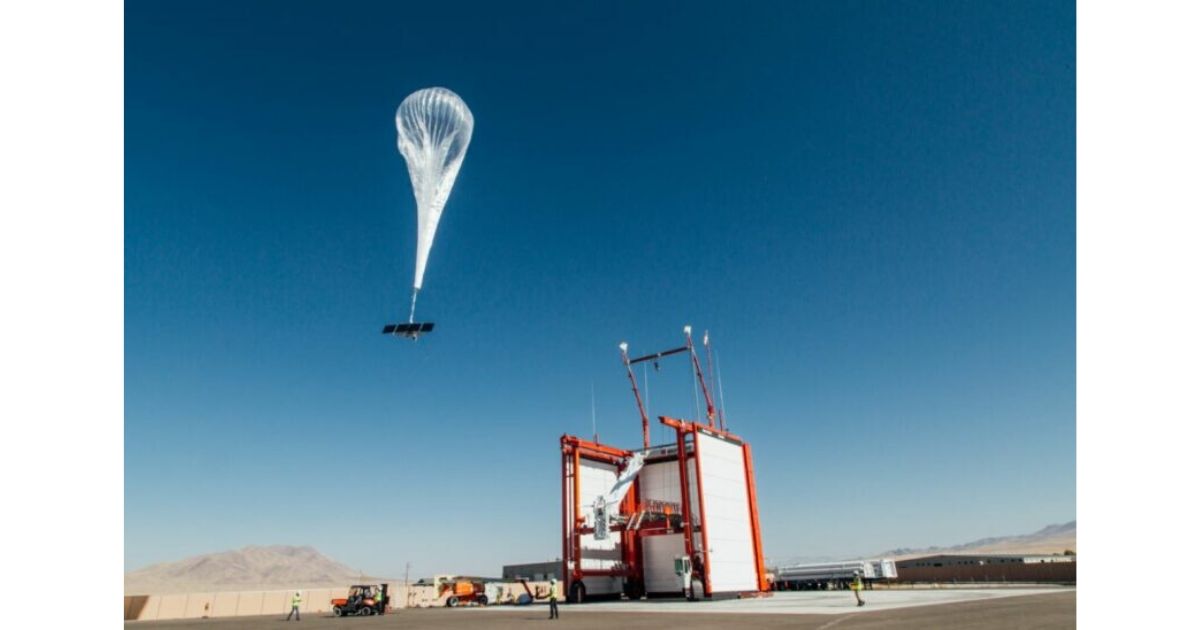The 4G balloons will provide internet access to remote areas in Kenya.
This will allow people to make video calls, browse the web, email, text, and stream videos in the first-ever commercial deployment of the technology.
Despite being announced two years ago, the project has only just received final sign-off from the Kenyan government. It is now being fast-tracked to help improve communications during the ongoing pandemic.
On July 7, the high-altitude balloons started delivering internet service to Kenya, extending online access to tens of thousands of people.
The 4G balloons are made from sheets of polyethylene and are the size of tennis courts. They are powered by solar panels while being controlled by software on the ground.
While up in the air, the balloons act as ‘floating cell towers’, transmitting internet signals to ground stations and personal devices. It lasts for over 100 days in the stratosphere before having to be returned to earth.
The internet balloons are intended to offer countries a cost-effective option than laying cables or building cell towers by allowing phone companies to expand their coverage when needed.
The 4G LTE service will be provided to Telkom Kenya subscribers via a fleet of around 35 balloons, covering an area of around 50,000 square kilometers across central and western areas of Kenya.
The project has so far been tested with 35,000 customers and has been successful, with one field test showing download speeds of 18.9 megabits per second and upload speeds of 4.7 megabits per second.


